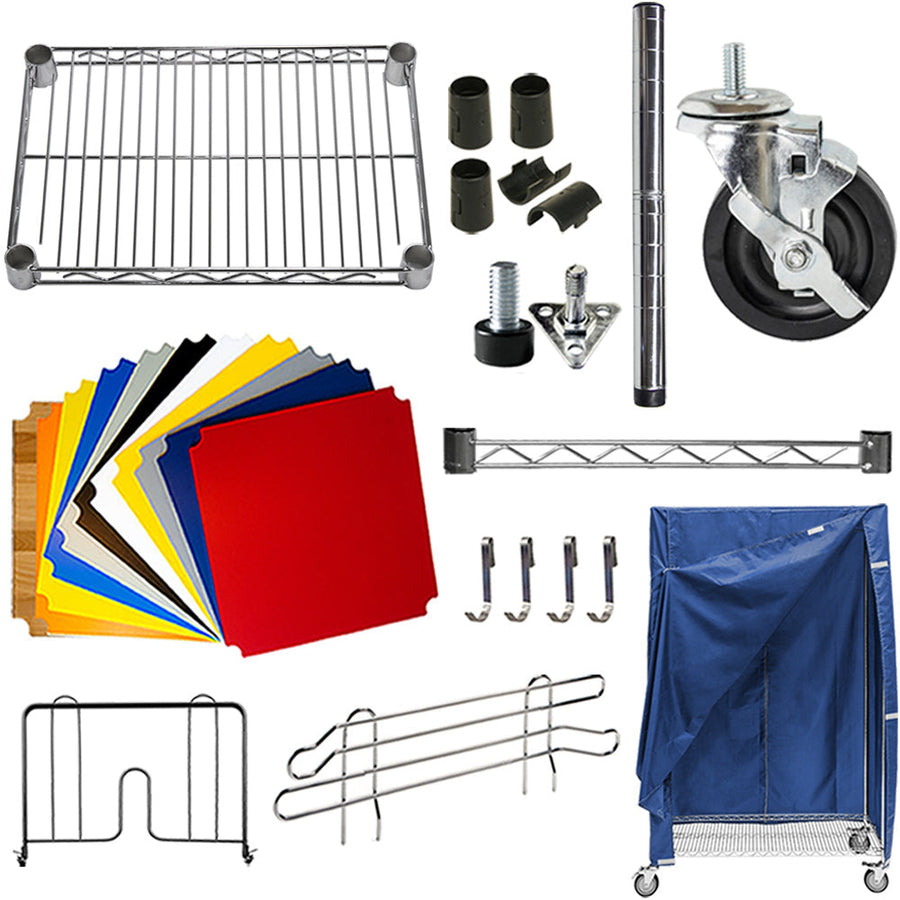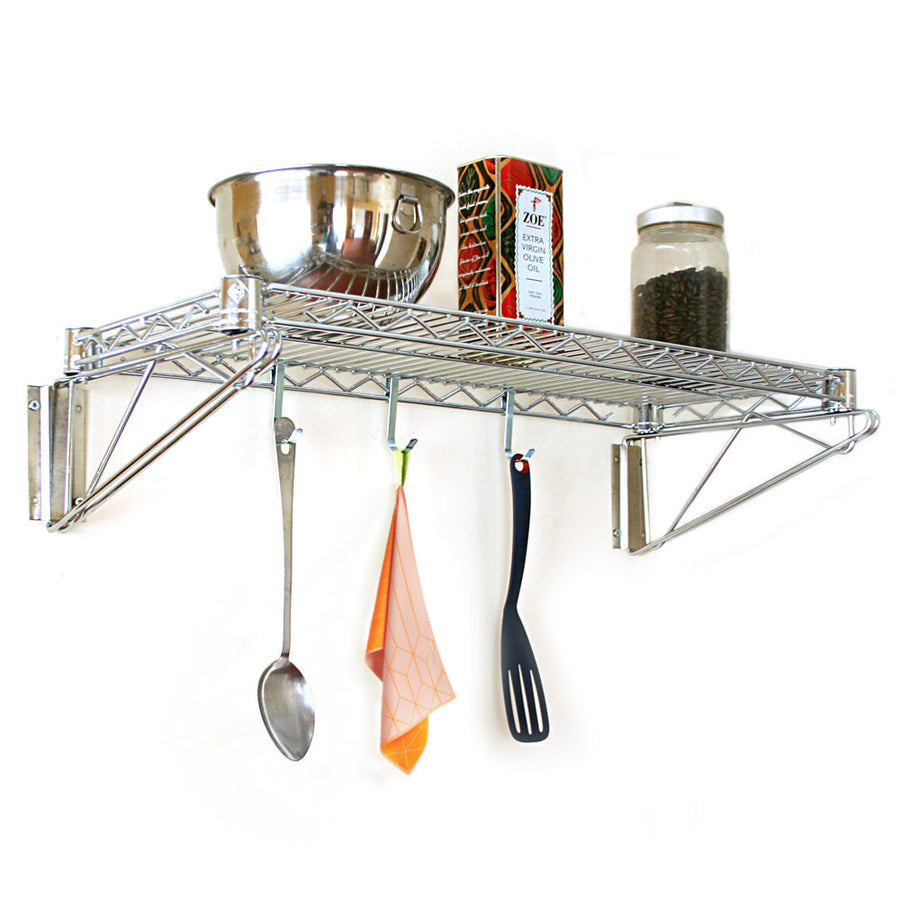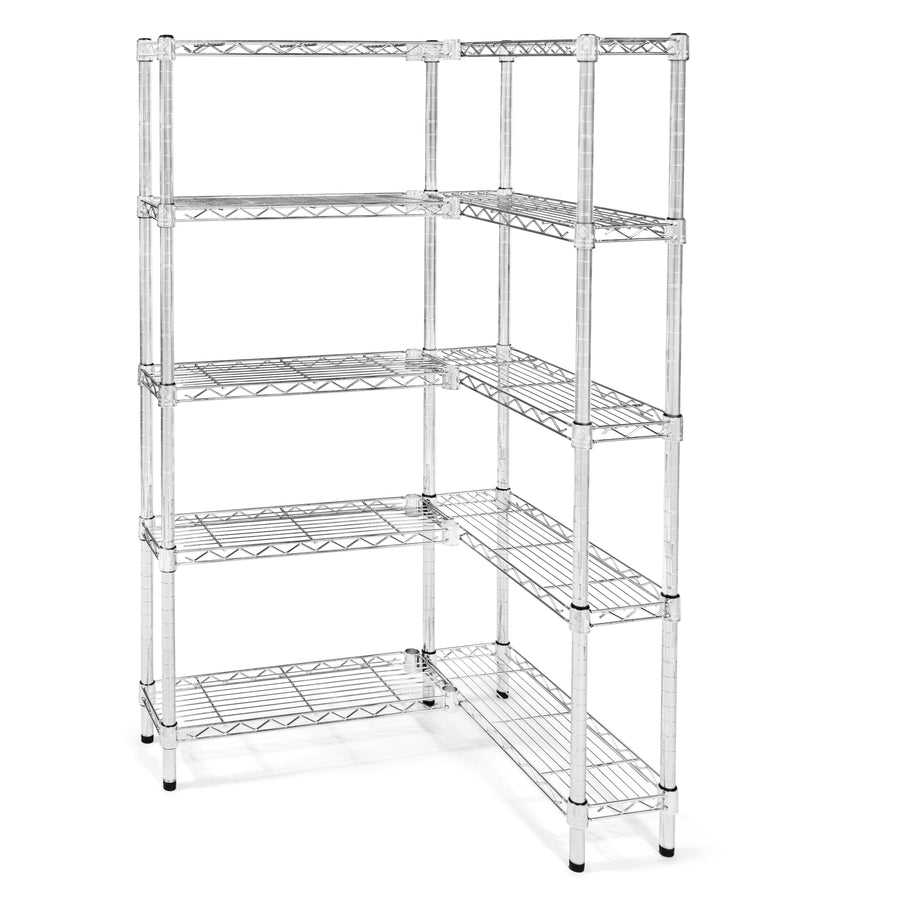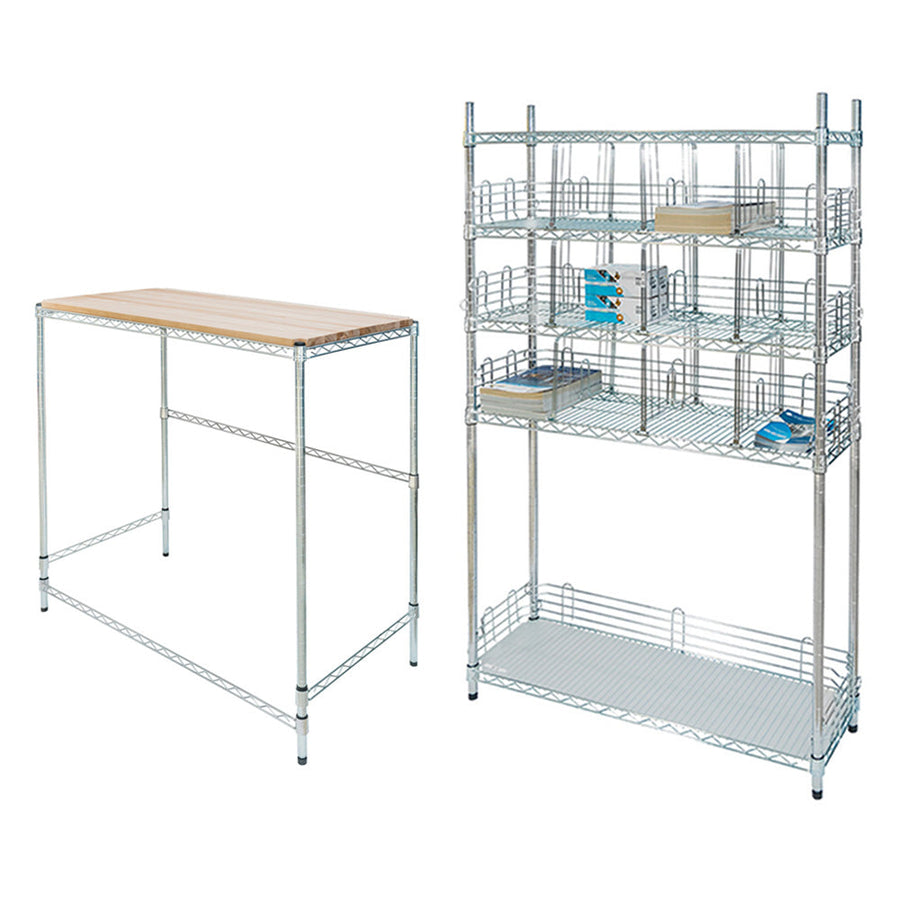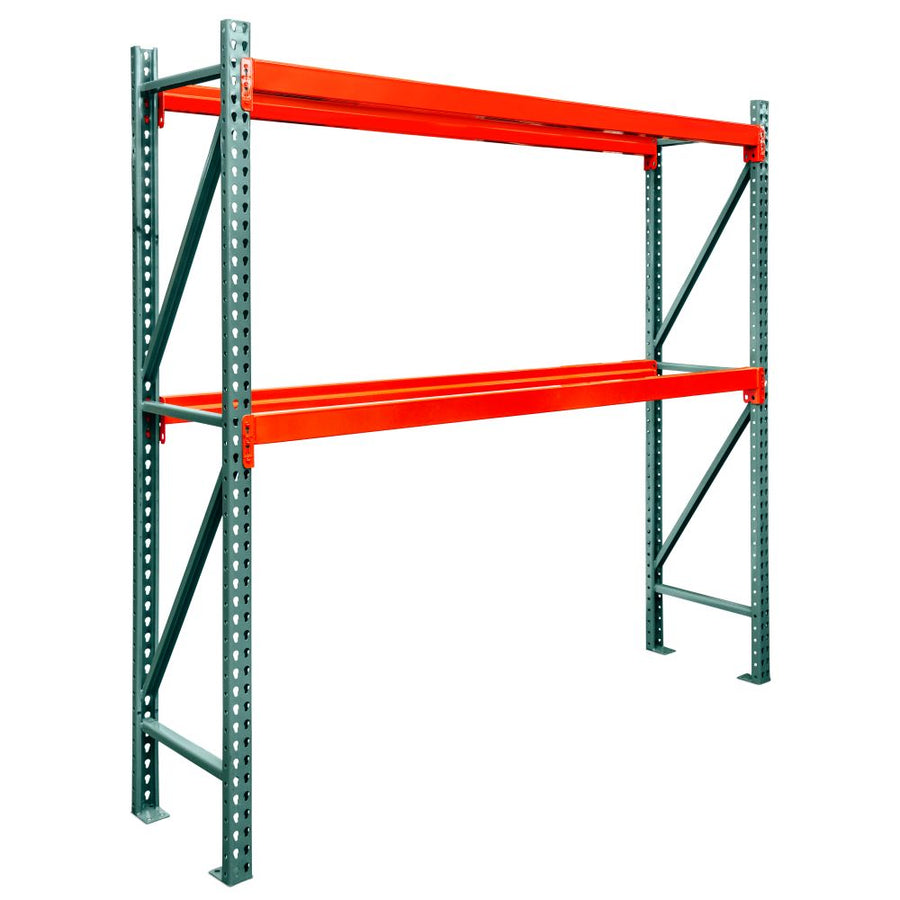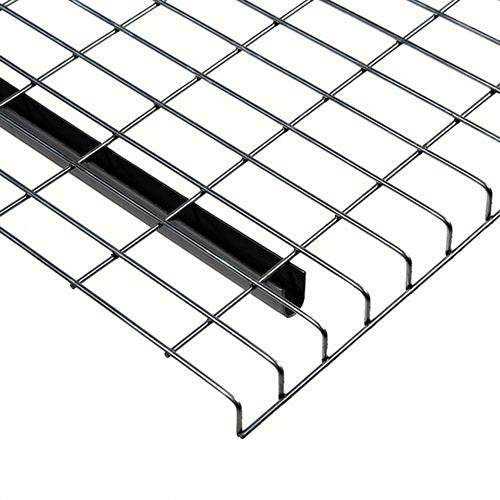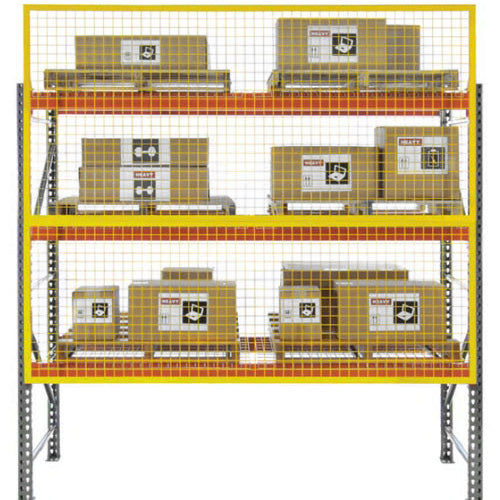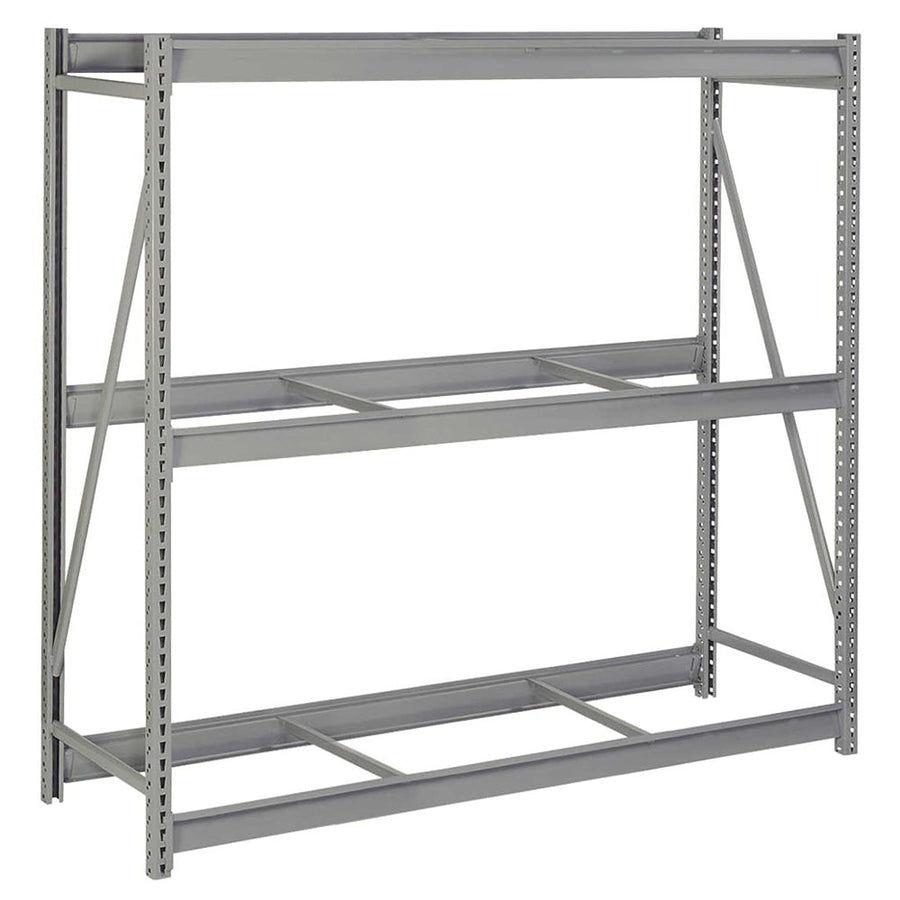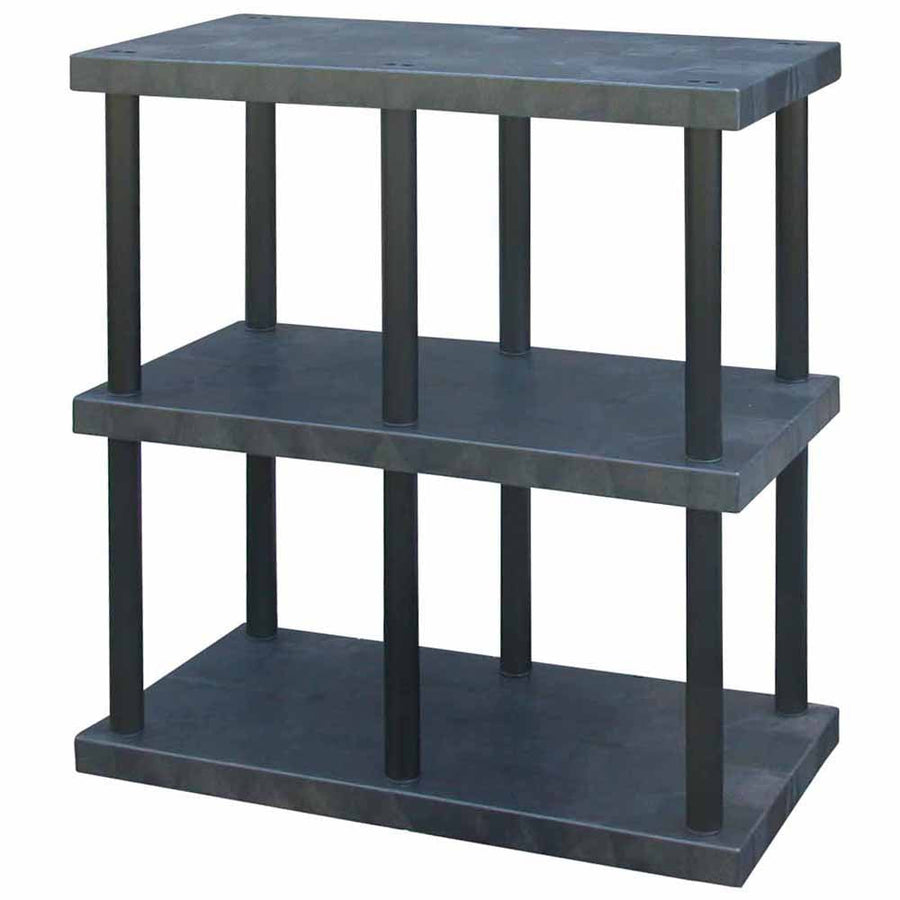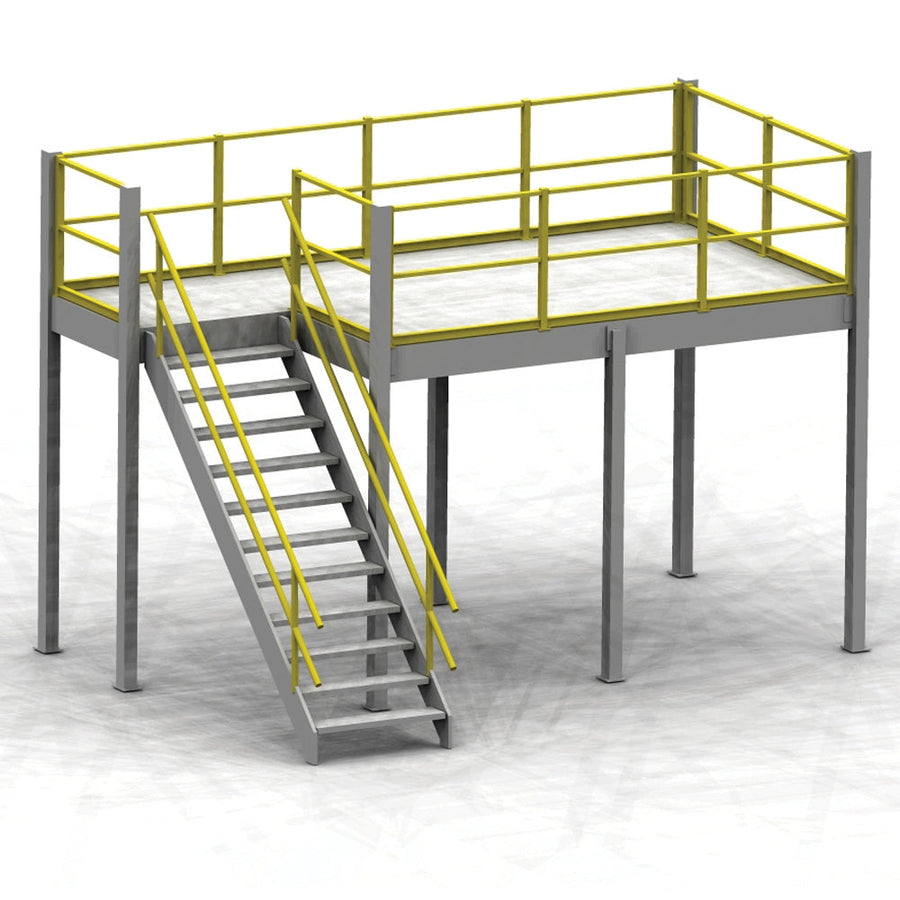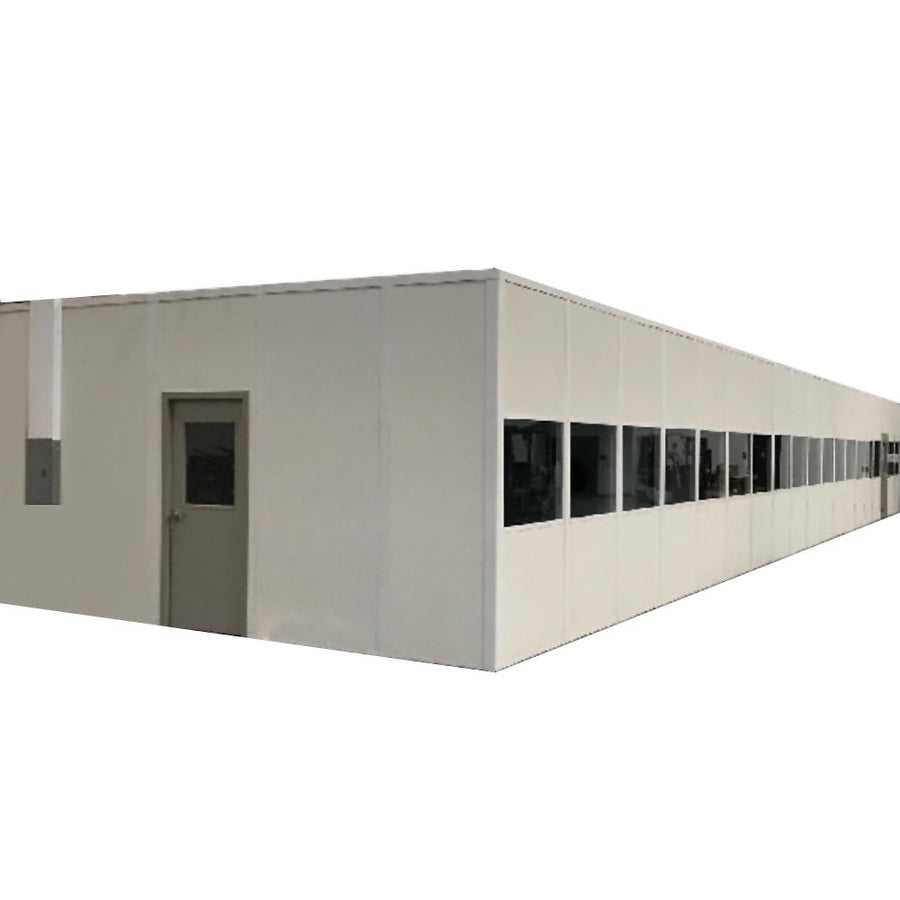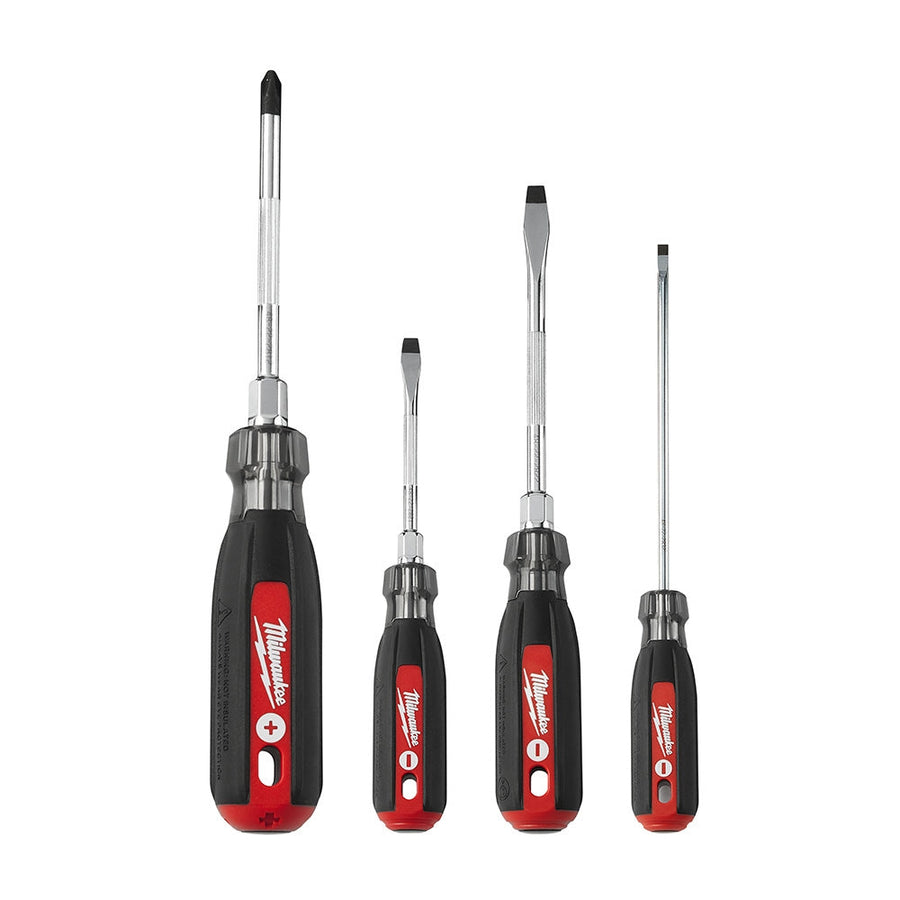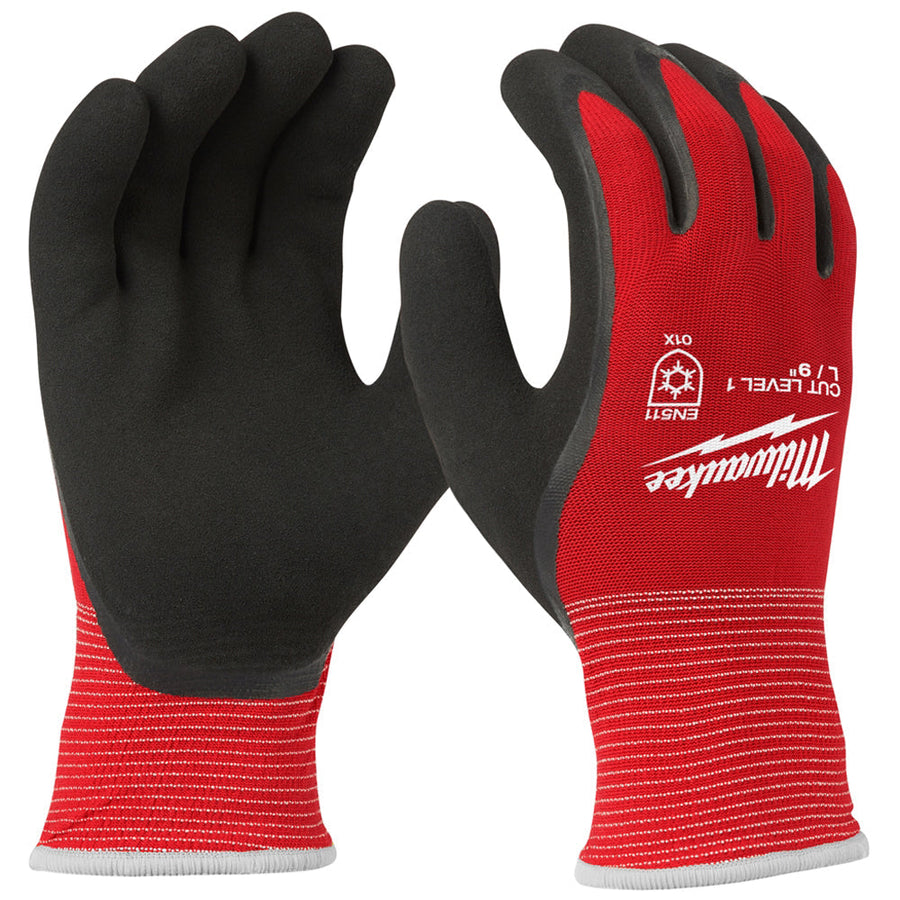When you really think about it, it’s almost surprising how much of the work done in warehouses takes place on pallet racks.
It makes sense—warehouses aren’t typically in the business of storing individual items except in special cases, and pallet racks are an easy way to expand your storage capacity and safely store heavier goods and/or larger selections of items.
Of course, care needs to be taken with these products the same way it should be with anything else in the warehouse, and a lot of careful work needs to be done to keep your workers and inventory safe from harm. Hopefully you’ll already have a few of these safety guards in place, but if you need a refresher course on warehouse safety (or just some inspiration on how to make your warehouse even safer), read on:
Add guards and beams where possible
The easiest way to prevent damage to your pallet racks and work to keep your inventory safer is by using pallet rack safety guards. These guards function as a ‘gate’ of sorts between the pallet rack and the area around it, and can help stop falls, accidental forklift collisions, and much more. Use these wherever possible, and if budget/space is an issue focus on the racks in your highest-traffic areas first to reduce collision risk.
Perform inspections as frequently as able
This is good advice for all of your warehouse equipment, but considering how often your pallet racks are going to be used it would serve you and your staff well to schedule more frequent pallet rack inspections to keep on top of potential replacement/repair needs. A few things to keep an eye out for include:
- Loose bolts and hooks
- Damaged I-beams
- Loose mounting holes
- Corrosion or rust on posts and mounts
- Signs of collision or damage from forklifts (bent support posts, scratches on racking/decking, etc)
Understand the weight & capacity restrictions of every pallet
Different pallets will have different abilities and capacities when it comes to weight limits, and these limits need to be carefully adhered to in order to prevent further damage and accidents down the road. Review every manufacturer-specified weight limit and capacity limit, and make sure they’re clearly posted at various points around the rack in question to make sure any products are stored carefully within these limitations. (And if you don’t know the limit of a certain rack, never guess—contact the manufacturer to get the most accurate information possible.)
Review aisle width as needed
Even above and beyond mishandling of items and weight capacities, a common source of pallet rack damage is collisions in crowded aisleways. A careful balance needs to be struck between traffic flow and aisle width, and making sure your aisles are wide enough to accommodate both foot and vehicle traffic will help work get done more smoothly while working to prevent collisions between workers, forklifts, and your warehouse storage equipment.



